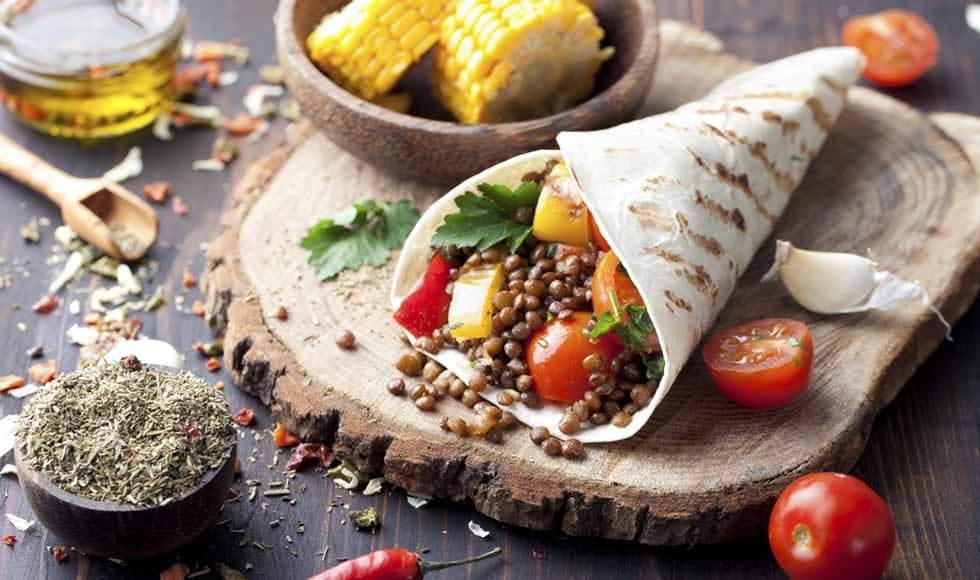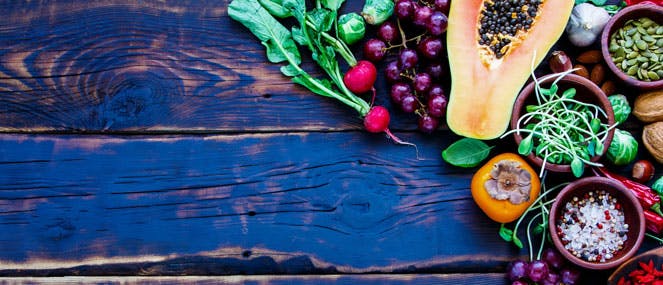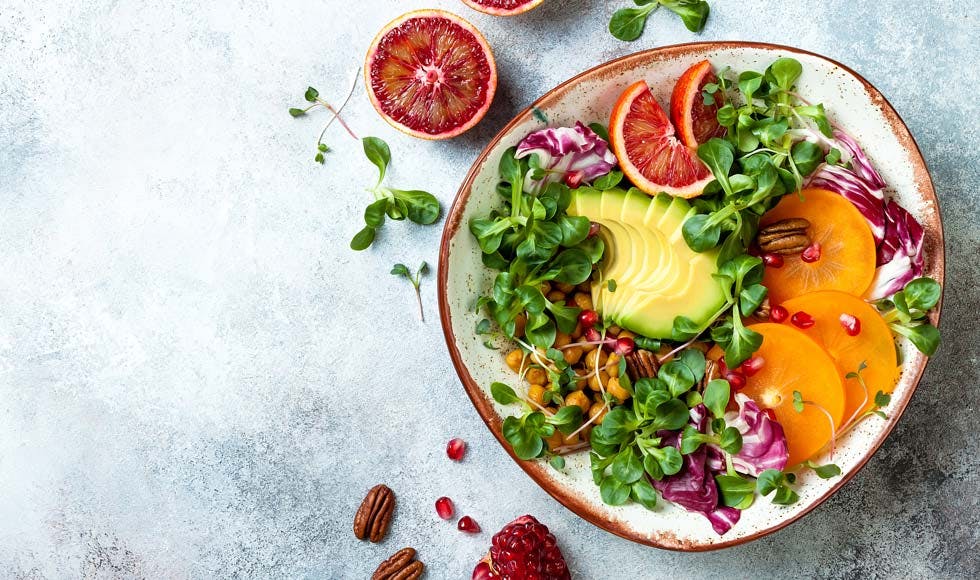
- Health hub/
- Tips & Advice on Improving your Energy Levels/
- Beginner’s guide to nutritional yeast
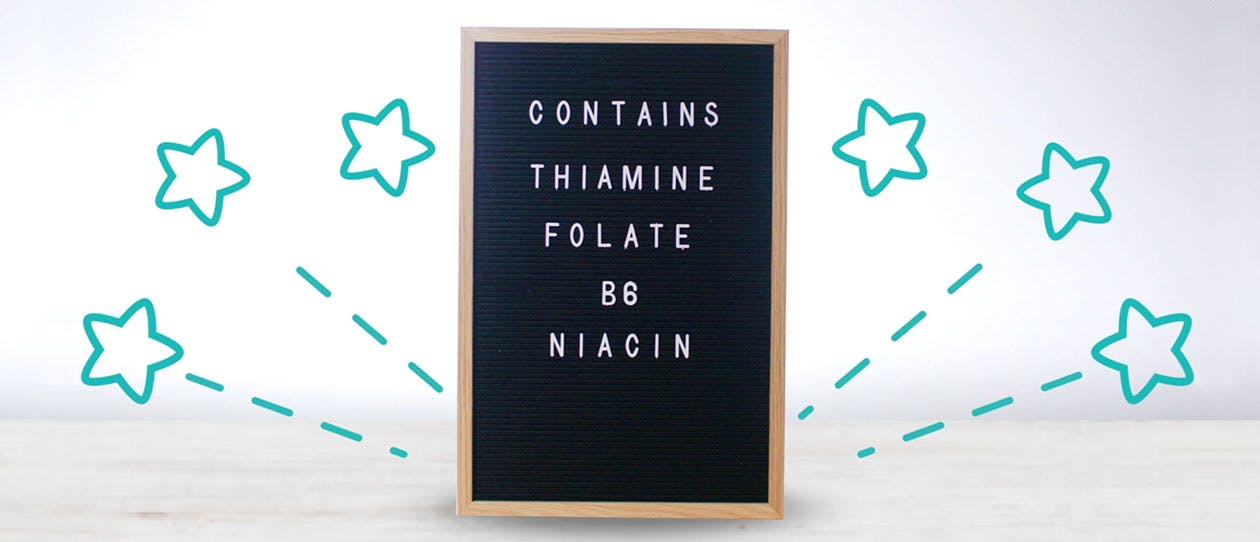

Nutritional yeast might be one of the ‘buzz words’ of the food world but how many of us know exactly what is it?
Nutritional yeast, or yeast seasoning as it is more commonly known in Australia, is fast becoming a substitute for seasonings like salt and pepper.
Many people love its salty and slightly cheesy taste and it makes a great vegan alternative to parmesan cheese.
But more than just a topping for your vegan lasagne, nutritional yeast flakes and powders also contains an impressive list of vitamins and minerals that can boost your health, as well as tantalise your tastebuds.
What is nutritional yeast?
Quite simply, it’s the deactivated form of a strain of yeast called Saccharomyces cerevisiae, the same species as baker’s and brewer’s yeast (deactivated is another word for dead or non-living yeast, that can no longer ferment).The yeast is yellow in colour and is available to buy from health food stores or supermarkets in the form of flakes, granules or powders.
“It’s grown on a sugar medium before being dried and then processed into a food product,” says naturopath Robyn Chuter.
Why use nutritional yeast?
For vegans, vegetarians and people with dairy intolerance or other health issues, nutritional yeast is a safe and tasty substitute for cheese in many recipes.It contains no animal or dairy products, no starch, wheat, corn or soy, has low salt and no artificial colours or flavours. It’s also very low in saturated fat. The other reason nutritional yeast is trending right now is because it’s packed with health-boosting nutrients.
What nutrients does nutritional yeast contain?
Nutritional yeast is high in B vitamins like thiamine, folate, B6 and niacin that are especially useful in helping the body activate its energy reserves, says Chuter.As well as B vitamins, nutritional yeast contains magnesium, copper and manganese and is a good source of dietary fibre.
Most nutritional yeast products also contain vitamin B12, but it’s not naturally present. “It’s usually added to the yeast to fortify it,” says nutritionist Sarah Moore.
“Nutritional yeast is high in protein, containing 8-10g per two tablespoons, and it’s also a complete protein and can contribute to your daily protein requirements.”
Being a complete protein, nutritional yeast is a single food source of all nine essential amino acids. Other complete proteins include red meat, poultry, fish, milk, chees, yogurt, eggs, quinoa and soybeans (the basis of tempeh).
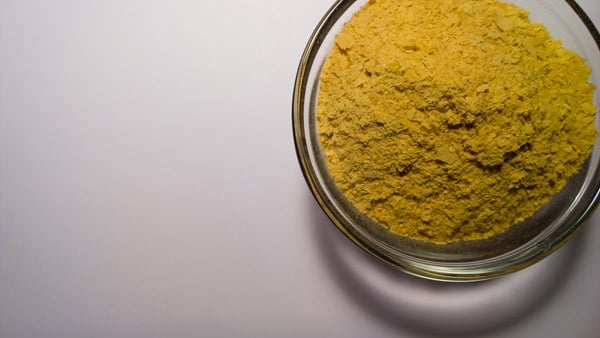
What are the health benefits of eating nutritional yeast?
There is emerging evidence that supplementing your diet with nutritional yeast can significantly boost your health. Nutritional yeast, because of its high B vitamin content, is thought to be beneficial in improving energy levels, Chuter explains.“Furthermore research suggests that the beta-glucan fibre in nutritional yeast can have immune boosting effects,” she says.
A 2013 study published in the British Journal of Nutrition found that athletes who ate beta-glucan fibre derived from nutritional yeast for 10 days before strenuous exercise had higher circulating immune cells two hours after exercising, suggesting their immune systems recovered faster from the stress of exercise.In another study which tested the effectiveness of beta-glucan in combating the common cold, participants given the beta-glucan supplements had a lower rate of infection with the common cold than those who received a placebo.
Can I get yeast infections from eating nutritional yeast?
No, you can’t get yeast infections from eating nutritional yeast and if you suffer from yeast infections, eating nutritional yeast won’t cause you to experience more yeast infections.Nutritional yeast versus active dry yeast
Nutritional yeast is not a substitute for active dry yeast, often referred to simply as yeast or baker’s yeast in recipes.Unlike nutritional yeast, active dry yeast is activated. It’s the ingredient in bread and other bakery products that make them rise. Active dry yeast is not used as a nutrient supplement, as it lacks the volume of nutritious goodies that nutritional yeast contains.
What are some tasty uses for nutritional yeast?
Like most seasonings, you can use nutritional yeast in whatever recipes you fancy. Try sprinkling it on salads, potatoes, pastas or popcorn, mixing it with rice and quinoa dishes, or using in soups or to make a cheesy sauce.
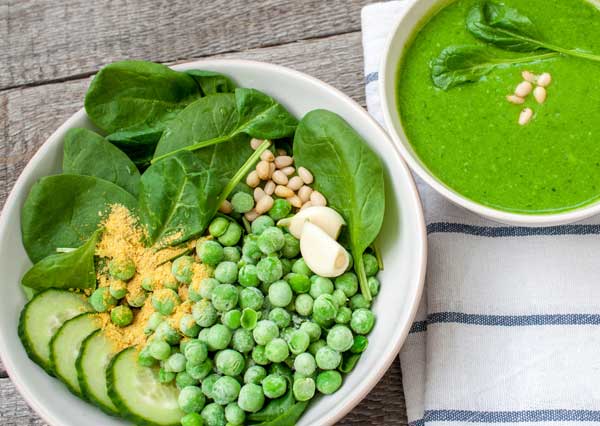
What’s the verdict?
Nutritional yeast is a nutrient-rich and flavoursome addition to any meal, and is a low-sodium seasoning alternative if you’re trying to cut down on your salt intake.
Even if you’re not a vegan or vegetarian, try adding it to your favourite meals for a health and wellness boost.
Sarah Moore (B Sc, M Pub Hlth (Nutrition), is a registered nutritionist who uses a practical and family-focused approach to nutrition and wellness.
Article first published: 24th July 2017 and updated 20th January 2020


